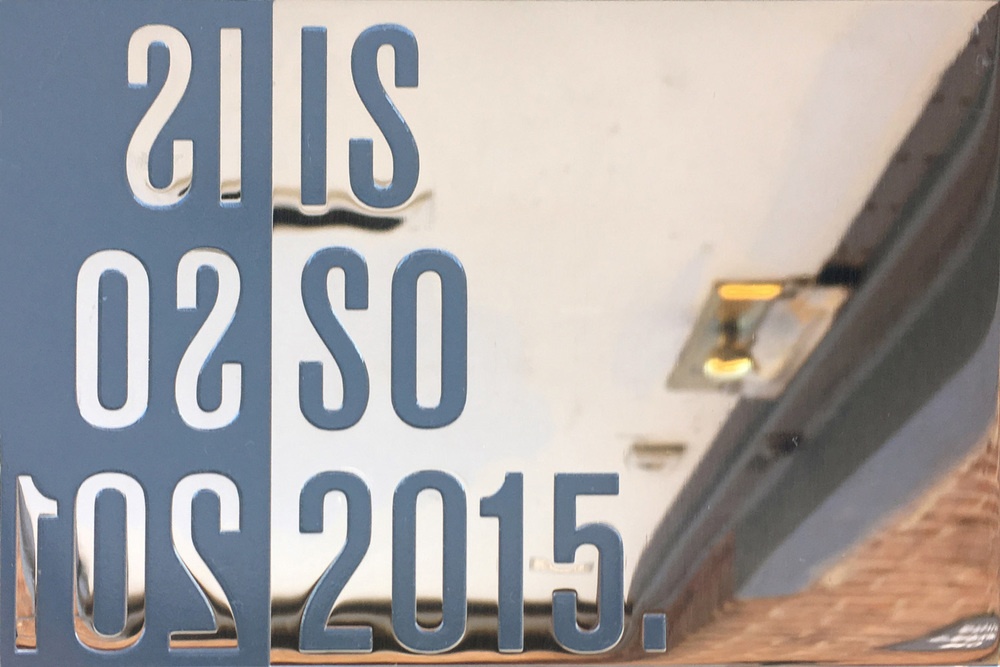ABOUT POLISHED FINISHES
Metals react with their surroundings, and for this reason it can seem a little daunting to clean a plaque properly. However, the solution is simpler than you think, especially when it comes to polished stainless steel plaques. All you need to maintain the surface is a microfiber cloth, and if necessary, a mild soap and warm water.
Polished plaques have a mirror-like finish which gives them a very sleek and contemporary feel. This finish is most successful on stainless steel, as it is a very dense and high quality metal that has a beautiful shine when it has been properly buffed. However, a polished finish should only be used in specific cases. We mostly recommend this finish for interior plaques that are out of reach of the public. As with most mirror finishes, fingerprints and dust are quite visible when they interact with a polished finish surface.

Rub the surface of the plaque with a microfiber cloth to remove fingerprints, dust and other grease stains.
The easiest solution for removing fingerprints, dust and other grease stains from stainless steel is by simply rubbing the surface of the plaque with a microfiber cloth. This material is soft enough to remove the surface grease without scratching the delicate finish. If any areas were not cleared away by the cloth, we suggest starting with water only and using a soft cloth to wipe away any remaining stains. Only if at this point a surface imperfection hasn’t gone away would we recommend using a mild soap and water solution.

Commercial solvents should never be used on metal plaques.
All of our metal products are finished with a clear lacquer coating that protects our plaques from oxidization. This coating can be stripped away by everyday cleaners and powerwashers, so for this reason, if the plaque needs to be cleaned, it should only be done with water and a soft brush if absolutely necessary. Commercial solvents (such as Fantastic) should NEVER be used on metal plaques. In addition, a pressure washer should NEVER be used on any metal work, especially when the surface is finished with a chemical patina or paint.
In general, please come to us first with any questions about cleaning and maintenance. We can be reached at masterworkplaques@gmail.com or (718) 283-4109.

 Etched Stainless Steel plaque with Polished "Mirror" finish & Medium Grey Infill
Etched Stainless Steel plaque with Polished "Mirror" finish & Medium Grey Infill On Stainless Steel (from left to right): Random Orbital, Satin and Polished finish
On Stainless Steel (from left to right): Random Orbital, Satin and Polished finish


